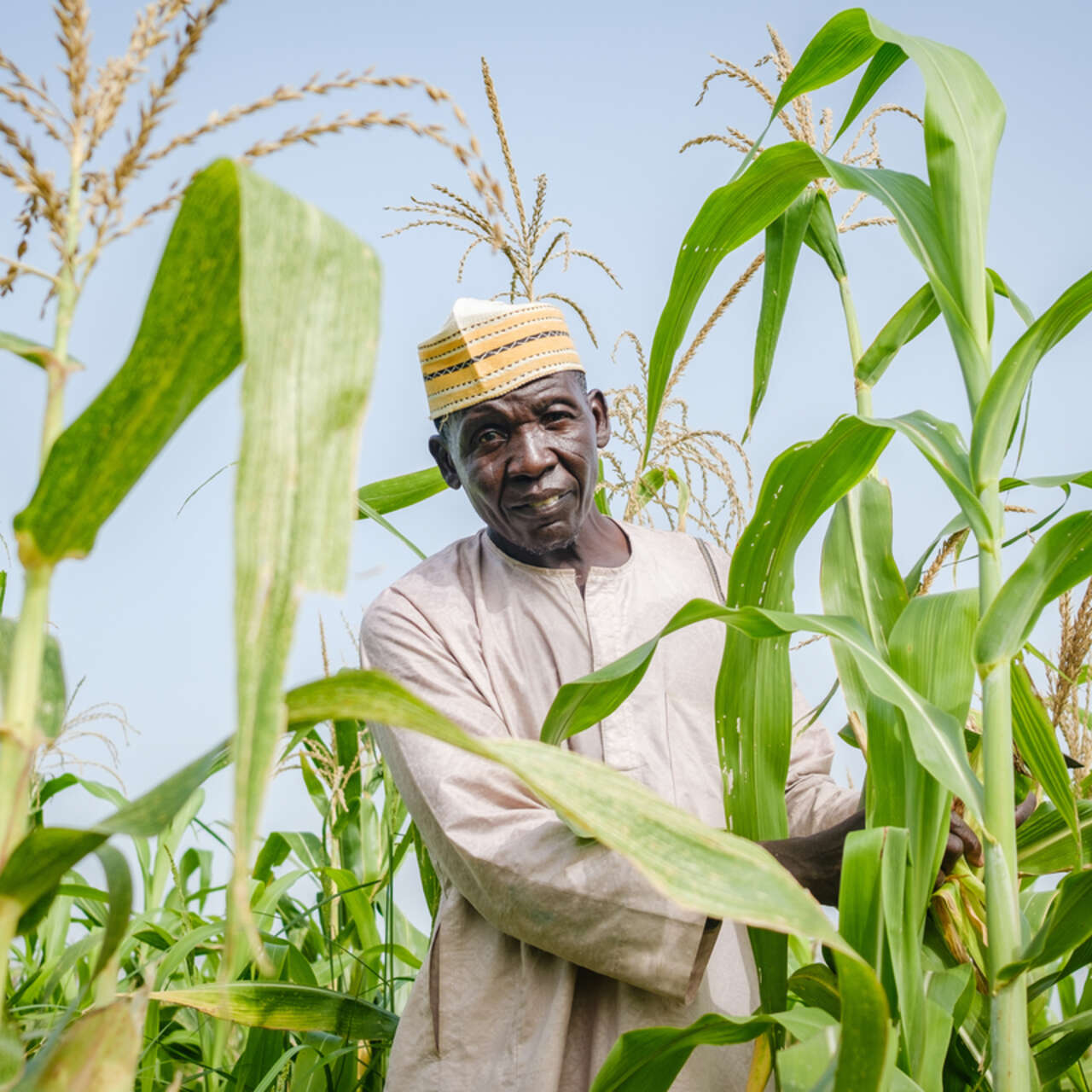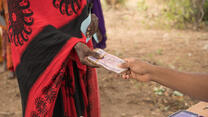If the EU is to effectively tackle humanitarian crises, climate action and malnutrition must remain firmly at the top of its agenda, and it must opt for solutions that are proven to work.
Firstly, to protect people in fragile and conflict settings from the most devastating impacts of the climate crisis, it must scale up innovative climate adaptation and resilience solutions in fragile and conflict settings. According to the IRC’s analysis, 16 priority countries are currently at the epicentre of this crisis. These countries are responsible for just 2.7% of global greenhouse emissions annually, but account for 10% of the global population, 44% of people affected by natural disasters over the last three years, 43% of those living in extreme poverty, and 60% in humanitarian need.
Secondly, it is essential to recognise that while combatting the effects of the climate crisis and overhauling the global financing architecture are vital steps towards reducing food insecurity in the medium term, it comes too late for the almost 350 million people across 79 countries already facing acute food insecurity. This figure has almost doubled since before the COVID-19 pandemic, exacerbated by the war in Ukraine, with the consequences of inward looking Western economic policies also playing a role.
Four countries - Burkina Faso, Mali, South Sudan and the Sudan - were identified by the World Food Programme (WFP) and the Food and Agriculture Organization (FAO) in their outlook for November 2023 - April 2024 as being most immediately at risk of famine with populations facing catastrophic levels of hunger and widespread acute malnutrition. In addition, the Occupied Palestinian Territories (oPt) was added to the list of countries and territories of highest concern due to the Gaza conflict, which has left the entire population facing food insecurity and 576,000 people now estimated to be experiencing catastrophic levels of hunger (IPC 5).
There is no excuse for inaction. In the medium term, the preventative actions set out below can help protect people in fragile and conflict settings from the most devastating impacts of the climate crisis. More immediately, a better EU response to food crises that scales up proven treatment solutions could avoid millions of preventable deaths.
The EU should take decisive action to save lives on the frontlines in the following ways:
While the EU has taken some positive steps in this regard - including setting an ambitious spending target for climate mitigation and adaptation in EU development policy, and the allocation of over 50% of EU and Member State climate financing to adaptation in 2022 - it should go further to ensure this adaptation funding reaches the most impacted communities. In 2021, only about 13% of the EU’s adaptation financing to developing countries was committed to the 16 most climate vulnerable and conflict affected countries.
The EU should:
- Allocate direct funding to the 16 most conflict and climate affected countries, to reach those in most need yet most neglected by climate finance first. The IRC estimates that conflict- and climate-affected states’ adaptation financing needs currently represent about 25% of all developing countries’ needs, and this same percentage should thus be the benchmark for determining funding allocations.
Experience from IRC programming shows that anticipatory action can reduce losses and damages sustained by communities at the forefront of the climate crisis.
This can be addressed by the following:
- ECHO should follow the German Federal Foreign Office’s lead by ensuring a minimum 5% of its budget is spent on anticipatory action, with a strategy for further expansion by 2030, in order to scale such programmes in line with the ECHO 2021 Communication on EU Humanitarian Aid, which proposed a new strategic vision to strengthen the EU's humanitarian impact globally. In 2022, around 2% of ECHO’s overall budget was spent on anticipatory action. With a roadmap to increasing investment in anticipatory action in place, 5% would be a more than achievable target.
- Give priority to climate-vulnerable, conflict-affected states, where needs are greatest, when scaling up anticipatory action programmes.
Acute malnutrition causes two million preventable deaths every year. And yet we have proven and effective, simplified approaches to treating acutely malnourished children at the community level, which allows over 90% of children to recover in a matter of weeks. Tragically, four in every five children who need this treatment, do not receive it. Reaching these children is a political and humanitarian imperative which the next Commission must commit to deliver.
We urge the EU and its member states to lead this charge through a new Team Europe initiative focused around three key areas of action:
- ECHO and INTPA should champion the use of Simplified Protocols as the default treatment for acute malnutrition. Specifically, there should be one food product and one point of service to treat Severe Acute Malnutrition (SAM) and Moderate Acute Malnutrition (MAM). Evidence shows this approach is equally effective and can reach far more children, thus allowing the same level of scarce resources to drive significantly more impact.
- Set global targets with teeth. ECHO and INTPA should actively engage in the 2025 Nutrition4Growth summit, and encourage Member States to seize this moment to set ambitious targets with the ultimate aim of cost-effectively treating all children with SAM and MAM, including regular reporting on progress towards those targets.
- Engage fast-mover countries. These goals should be presented in partnership with fast-mover countries that have a high-level prevalence of acute malnutrition, but show leader level commitment to closing the treatment gap. As a first step, the EU and its member states should engage these countries to develop concrete action plans to scale prevention and treatment to meet targets. Ultimately, every country with significant numbers of acutely malnourished children should have a locally owned, costed operational plan to scale treatment to reach all children with SAM and MAM.




